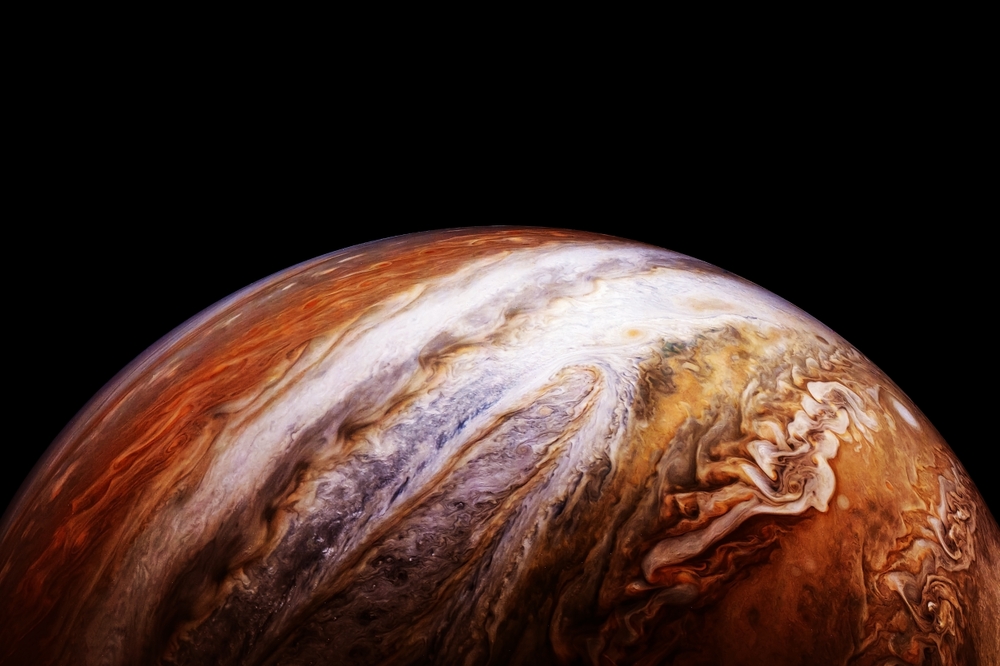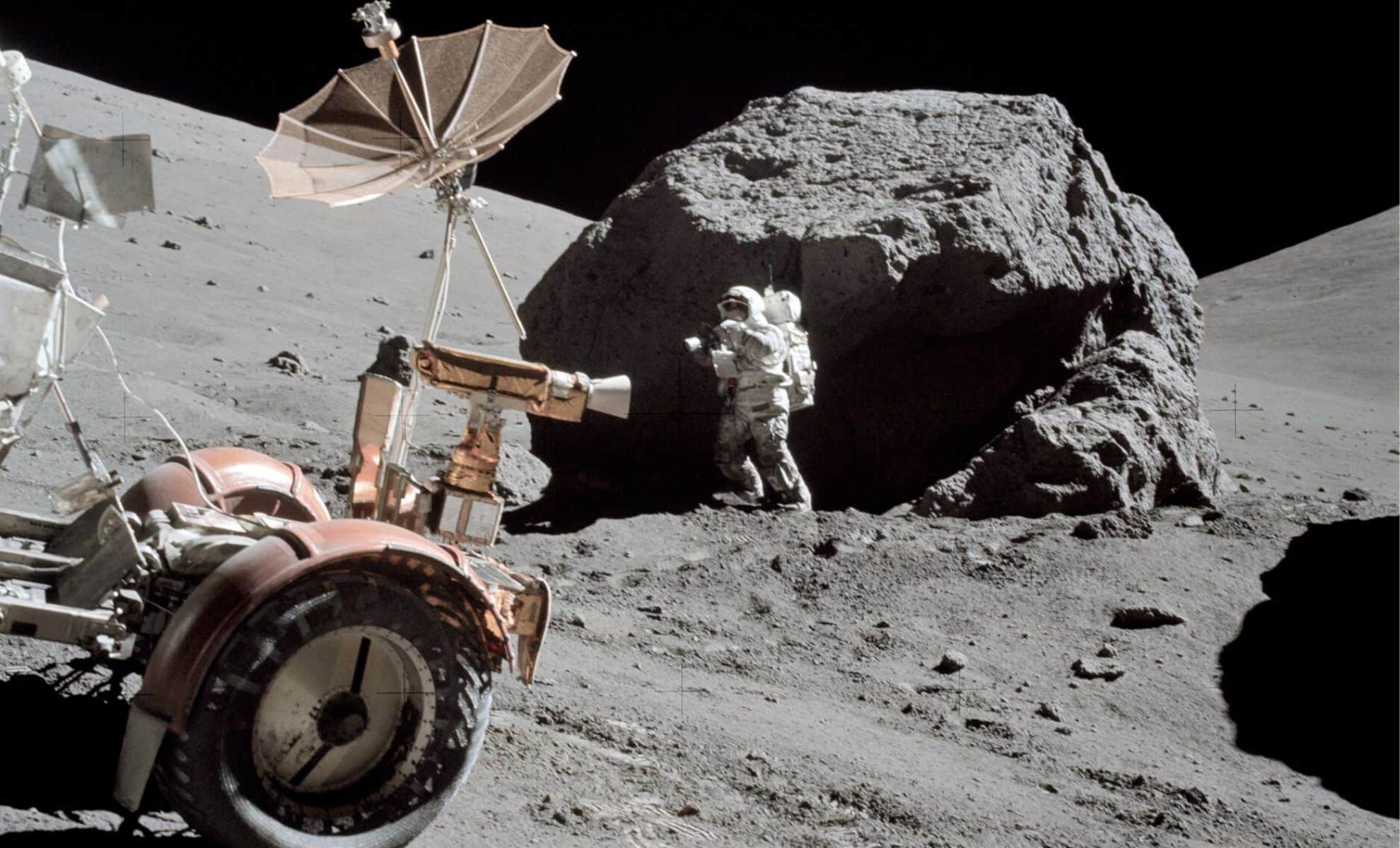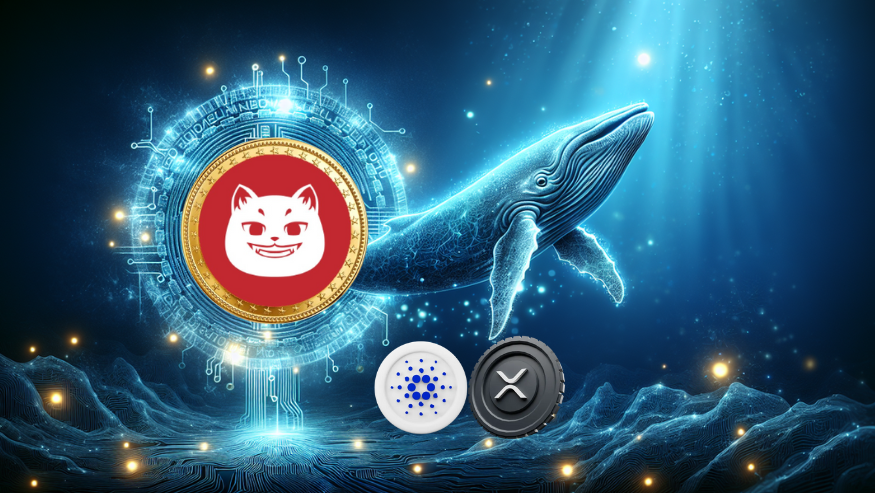
When studying the outer planets of our solar system, there’s no solid ground. Literally. Jupiter, Saturn, Uranus, and Neptune all lack solid surfaces, and are actually composed of clouds of swirling gases, all with their own seasons and storms.
Since 2014, the Hubble Outer Planet Atmospheres Legacy (OPAL) program has observed these planets to track their strange systems of weather. The observations have shown that there are all sorts of curiosities within the planets’ churning clouds, from the shrinking spot of Jupiter to the changing colors of Saturn.
“Because OPAL now spans 10 years and counting, our database of planetary observations is ever growing,” said Amy Simon, a planetary scientist at NASA’s Goddard Space Flight Center, in a press release. “The scientific value of these data is underscored by the more than 60 publications to date that include OPAL data.”
Here are some highlights from the OPAL program thus far, 10 years into its investigation.
Read More: 5 Planets with Extreme (and Weird) Weather Patterns in Our Solar System
Observing the Outer Solar System with OPAL
After its launch in 1990, the Hubble Space Telescope served as an occasional weather watcher, observing the outer planets and taking snapshots of their seasonal shifts.
But tracking the weather on these planets is a lot like tracking the weather on Earth. It’s better if it involves lots of long-term observation. In fact, long-term observation is especially important for watching weather on Jupiter, Saturn, Uranus, and Neptune, where seasonal transitions take a lot longer than they do on Earth.
Launched in 2014, OPAL thus takes a lengthened approach to outer-planet observation, having turned toward Jupiter, Saturn, Uranus, and Neptune once a year since its start.
“That longevity allows for serendipitous discoveries, but also for tracking long-term atmospheric changes as the planets orbit the sun,” said Simon in a press release.
Read More: Jupiter’s 8,700-Mile-Wide Great Red Spot Keeps Shrinking
Jupiter
While each of the outer planets have seasons that last years, Jupiter spins and orbits the sun with only a slight axial tilt, and thus lacks the same seasonal variability that the other outer planets experience. But Jupiter isn’t wanting of weather.
Within the planet’s atmosphere are an abundance of storms, including the largest storm in the solar system, the Great Red Spot (GRS). Hubble has tracked these storms throughout the OPAL program, in addition to monitoring the size, shape, and activity of the GRS. Their observations have found oscillations in the GRS’s scope, which squeezes in and out in the short term as it shrinks substantially in the long term.
Saturn
Saturn, on the other hand, has seasons that span around seven years, which are accompanied by substantial changes in the planet’s atmosphere.
Through the OPAL program, Hubble has started to track how the changing seasons connect to the changing colors in Saturn’s atmosphere. The telescope has also started to see subtler, shorter-term color changes, too, probably connected to the winds and clouds. Between 2018 and 2020, for instance, the telescope spotted a slight color change in Saturn’s central band, which brightened by around 5 to 10 percent.
Uranus
The OPAL program also surveys cloud cover on Uranus, where seasons shift after 21 years or so.
Similar in appearance to the smog that cloaks cities on Earth, a concentration of photochemical haze covers Uranus’s northern pole, which switches between 42-year stretches of sun and 42-year stretches of shadow due to the planet’s sideways spin. Hubble has studied the size and the brightness of this concentration for years, though how atmospheric flow and other factors control its seasonal changes is still uncertain.
Neptune
Though farthest from the sun — and smallest in size — the last outer planet sees a lot of OPAL surveillance, too. Since the start of the program, Hubble has watched several swirling storms drift through the atmosphere of Neptune, a planet with a whopping 40-year seasons. Witnessing the demise of one stormy spot, as well as the sudden birth and death of another, the program catches the temporary changes in the planet’s weather patterns, as well as seasonal shifts.
Beyond these transitory storms, Neptune’s cloud cover is also the subject of OPAL scrutiny, being connected to solar and possibly seasonal activity. While other impacts of seasonality are not so clear, OPAL promises to bear them out over time, not only for Neptune, but for the other outer planets, too, in the years to come.
Read More: Jupiter’s Great Red Spot Oscillates Like a Stress Ball
Article Sources:
Our writers at Discovermagazine.com use peer-reviewed studies and high-quality sources for our articles, and our editors review for scientific accuracy and editorial standards. Review the sources used below for this article:
Sam Walters is a journalist covering archaeology, paleontology, ecology, and evolution for Discover, along with an assortment of other topics. Before joining the Discover team as an assistant editor in 2022, Sam studied journalism at Northwestern University in Evanston, Illinois.









Leave a Comment